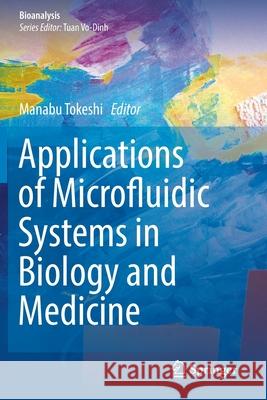Applications of Microfluidic Systems in Biology and Medicine » książka
topmenu
Applications of Microfluidic Systems in Biology and Medicine
ISBN-13: 9789811362316 / Angielski / Miękka / 2020 / 382 str.
Kategorie BISAC:
Wydawca:
Springer
Seria wydawnicza:
Język:
Angielski
ISBN-13:
9789811362316
Rok wydania:
2020
Wydanie:
2019
Numer serii:
000434670
Ilość stron:
382
Waga:
0.54 kg
Wymiary:
23.39 x 15.6 x 2.06
Oprawa:
Miękka
Wolumenów:
01
Dodatkowe informacje:
Wydanie ilustrowane











